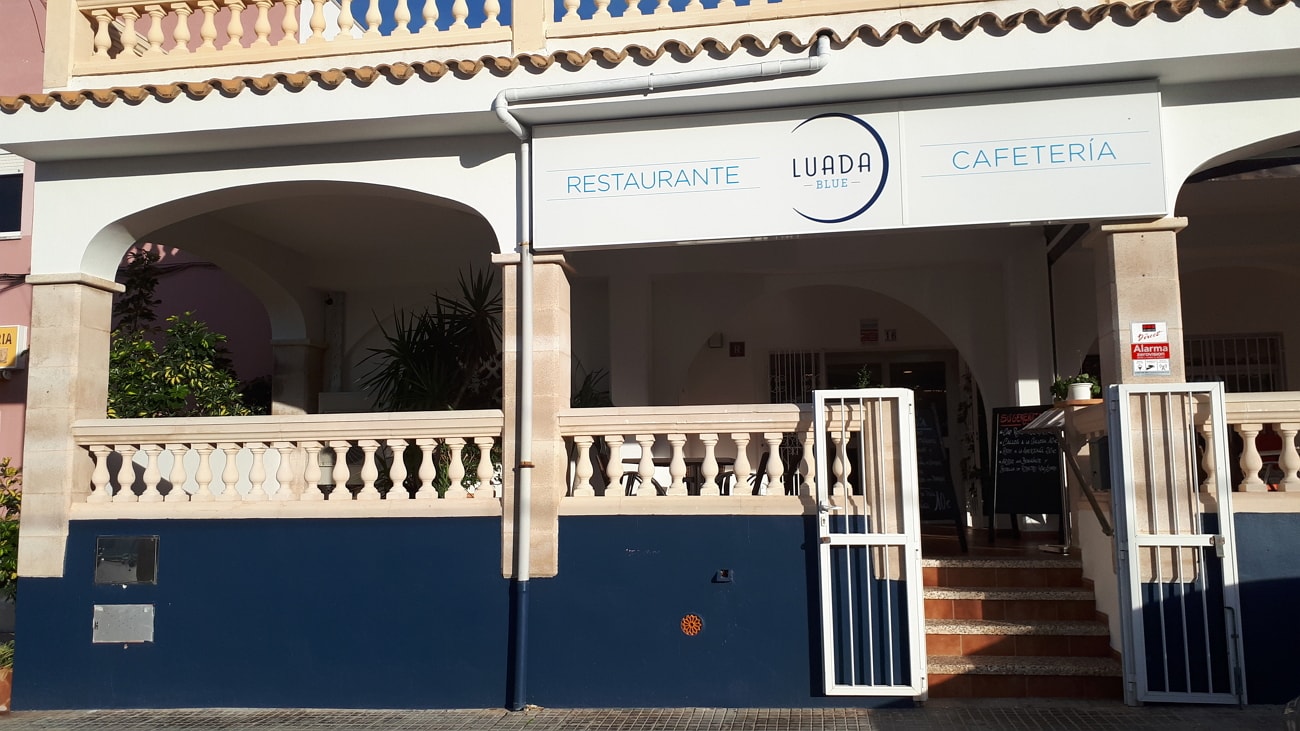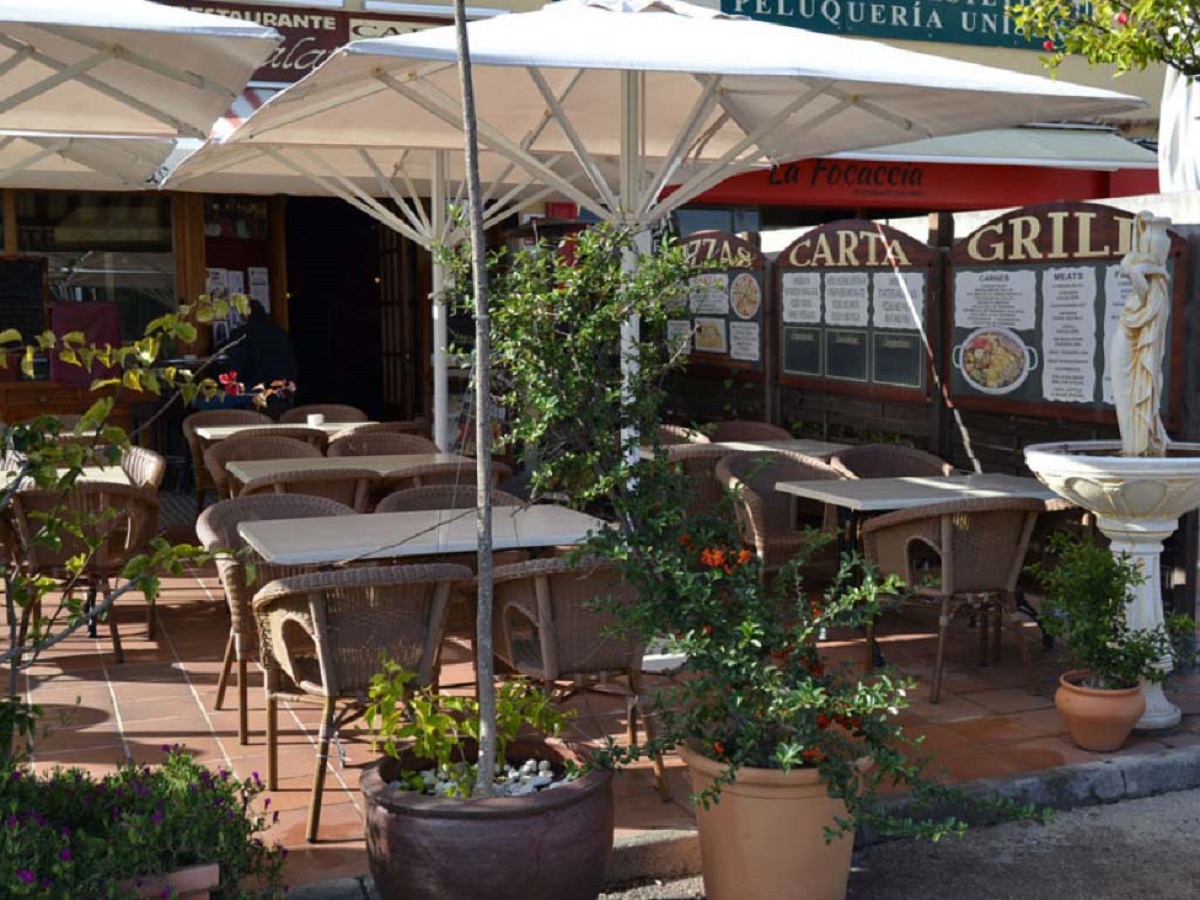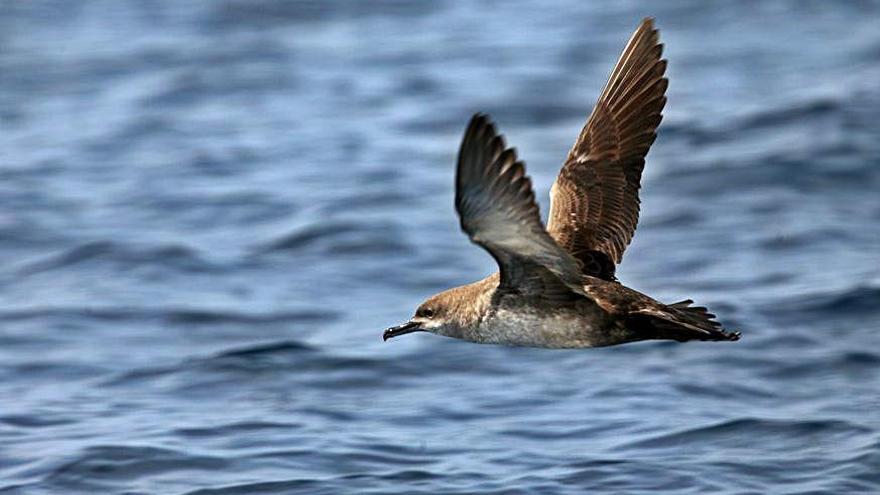Coast of Llucmajor
Cala Pi – Cap Blanc – Cala Pi
Duration: 4 h – 10.9 km – Easy
Another excellent hike along the coast of Llucmajor which also allows us to enjoy the local flora and fauna. Seagulls, cormorants, blackbirds, lizards, perhaps herons and other migratory birds, the kingfisher… all of them can be spotted in the area. Likewise, many varieties of plants such as rosemary, wild thyme, wild olive trees, heather, globe daisy, and the odd tamarind.
The walk begins by descending a long staircase that leads down to Cala Pi beach. We must cross the beach (after a storm, we may have to cross over wooden planks, as this narrow cove is also prone to losing part of its beach when the sea is rough) and pass in front of the fishermen’s houses until the last little house, where we turn right to climb onto its roof. Here we’ll find some simple steps ascending the cliff.
Once at the top, it is advisable to mark the spot, as this point is usually hard to recognise on the way back. We now continue to the left to follow the path that skirts the cliff edge.
Our trail soon descends and climbs a small ravine before crossing an old dry-stone wall. After passing the wall, it’s a good time to turn around and look back at the beauty of Cala Pi, even though its original charm has been somewhat diminished in recent years by construction. We’ll continue through fragrant bushes, and as we progress, unbeatable views will open up over the defensive tower of Cala Pi, located near the sea on the other side of the cove.
Because Cala Pi is narrow and set between cliffs, making landing complicated and difficult, it was the last tower to be built along the coast of Llucmajor. The construction of the current tower was completed in the year 1663, and Joan Pons was the master builder. The tower stands 19.5 metres above sea level and rises on a truncated conical base of 9.95 metres. The top section has a diameter of 8 metres on its terrace. Its height is 10.20 metres. It is built from stones bonded with mortar, and access to the entrance was via a rope ladder. The entrance is a semi-circular arch made of sandstone, which is unusual in the construction of defensive towers. Today it is missing the machicolation above the entrance and the porch on the terrace. Around 1970, the tower was restored by its owners following the plans of architect Antoni Alomar. We continue to the left and after 20 minutes, just before a group of pine trees, we find a wide path that skirts Cala Beltran. Several trails crisscross around this beautiful cove, whose crystal-clear waters invite us to cool off with a swim — though not when the sea is rough, as it is absolutely not recommended to swim in this cove, given the power of the waves between its narrow rocky walls. Skirting the cove along the path, we’ll reach the other side, to Punta Capocorp (30 min) with magnificent views over the coastline.
We now continue above the cliffs, caressed by the sea breeze, watching the cormorants dive in search of fish. Meanwhile, Cabrera Island to our left appears as a magical place floating on an intensely blue sea. The route, now without a marked path, continues among the rocks and a few salty puddles. We walk along different rocky levels, where we will see incredible rock formations with various tones sculpted by the sea and the wind. When we reach the point where two solitary tamarinds shade some water pools, it is time to climb to another level to be able to continue. Soon the path appears again, winding around Cala Carril and continuing along the high cliffs. Then we’ll cross another stone wall. It won’t be long before we reach the fenced area enclosing Cap Blanc, formerly a military zone, where we’ll see a sign with the following text: “Military Zone. Stop.” We continue straight ahead towards the tower, which we’ll reach in a few minutes.
The Cap Blanc Defence Tower is in an unbeatable strategic position, as it commands the entire southern coast of the island as well as the Cabrera archipelago. It was built by Antoni Genovard, a stonecutter from Sineu, in 1579. Like all towers of this kind, its base stands without foundations on a thick, solid conical base, and above that it takes on a cylindrical shape. It is 10 metres tall and 4.3 metres wide at its highest point. The entrance was accessed by a rope ladder, now replaced with one of iron. Inside there was a cupboard and a fireplace. The terrace of the tower was circular, and in earlier times it was covered by a porch. It was restored around 50 years ago. A few metres further on, we’ll see the Cap Blanc Lighthouse (restricted area) on top of the cliff. The word lighthouse originates from the Egyptian island of “Pharos” in the Mediterranean, near Alexandria. The Egyptians built a large tower with fire at its top, which guided ships to the port of Alexandria, as it was visible from a great distance. Nowadays, towers near the sea with the same purpose (to assist and guide sailors) are called lighthouses. The lighthouses of Mallorca, with the exception of Porto Pi lighthouse, were built during the reign of Isabel II, that is, during the second half of the 19th century. This was due to her government’s strong interest in maritime navigation and the availability of technical means that made them effective. The mechanisms for the rotating apparatus had been known for over a century, but not the optical system. The fuel used was oil and it was necessary for the light source to be quite intense. Thanks to Augustin Fresnel (1788–1827), a French physicist, a system using lenses and mirrors was developed that emitted an intense and steady light. The machinery for Mallorca’s lighthouses was ordered from French optics manufacturers.
The Cap Blanc lighthouse was built in 1863, it has a range of 15 nautical miles (28 km) and is 12 metres tall. From the defence tower, we will return to Cala Pi via the same path, enjoying the different views on the way back, among which the large cave known as ‘Cova dels Ossos’ (Cave of the Bones) stands out, along with many smaller ones — but let’s be careful when approaching the edge of these steep cliffs! We will arrive back at Cala Pi after 4 hours of walking.
NOTE: The area we are in was once known as one of the most active in Mallorca for smuggling. The goods came from ports such as Marseille, Genoa and the Maghreb coast. Tobacco was the smuggled item par excellence. Smuggling had a very solid structure — from the nobility, who financed it, to the skippers who transported the goods, to the peasants who hid and distributed them. Smugglers were protected by the local population, and this practice provided them with well-paid work and cheap products. Until 1939, the Carabineros (Customs Police) were responsible for chasing smugglers, and bribery was common in order for the goods to be landed and distributed. In the years that followed, food smuggling increased, involving items such as sugar, flour, coffee, and other necessities for the post-war population.





